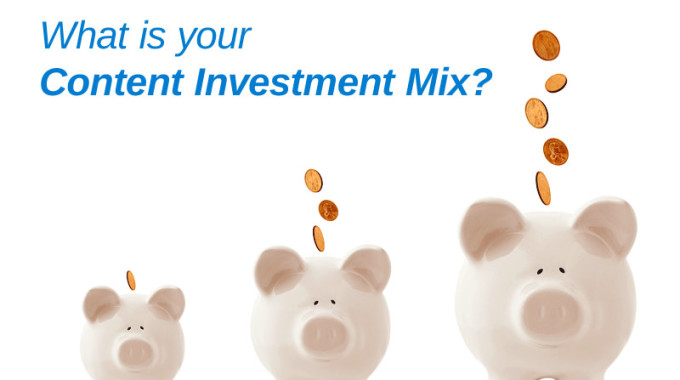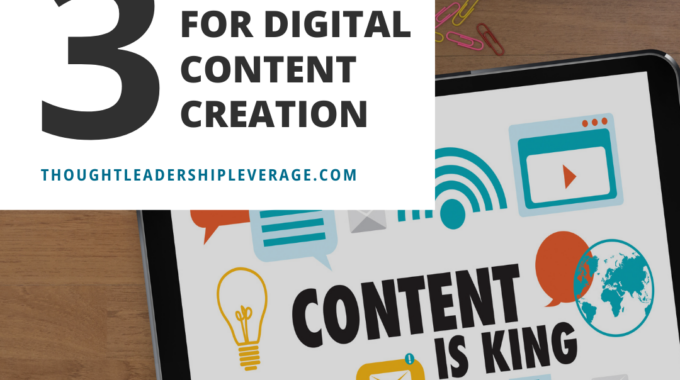Hey there, thought leaders! Ready to level up your digital content game and make some…
What is Your Content Investment Mix?

In a balanced portfolio you account for a variety of factors (age, income, risk profile, etc.) and allocate your investments accordingly. The goal is to take into account the right level of risk against an expected level of return and then revisit and adjust the portfolio on a regular basis.
Now, as a thought leader, your content is your primary asset. For many their content is their primary source of income and if managed and leveraged effectively can yield impressive returns. So how are you making investments in your work? Do you have the right mix relative to your objectives?
I see thought leaders and authors making the following types of investments in their work.
Based on my experience with the speakers, thought leaders, and authors that I’ve work with, I absolutely believe that you need to have a balanced content investment approach.
The reality however is a bit different. What I’ve observed is that most have one dominant investment they prefer and have a content portfolio that is overweight in that investment class. For example, I’ve seen thought leaders lean heavily towards the intellectual style of content investments but won’t make the necessary financial investments. They may have the smartest solution but completely lack branding and positioning.
I’ve seen others that are so emotionally invested in their work that you have to admire their authenticity and passion. However, they choose to not make the intellectual investments in their work to have it validated by research. It’s like watching someone swim with an anchor tied to their leg. Incredible effort, but no progress.
The ideal would be to first understand your dominant preference. While you may have never considered it in the terms I’m using here—try it as a model. You should be able to recognize your default mode as well as the mode you tend to avoid at all costs. Once you have a realistic understanding of your default you can now strategically build your content portfolio by properly allocating the right mix of investments for your goals and objectives.




